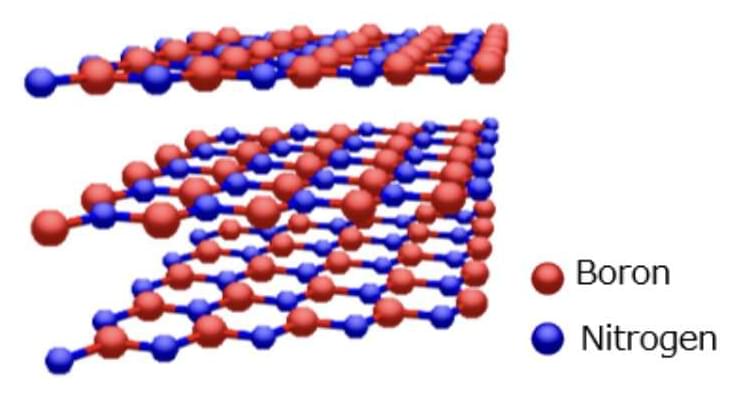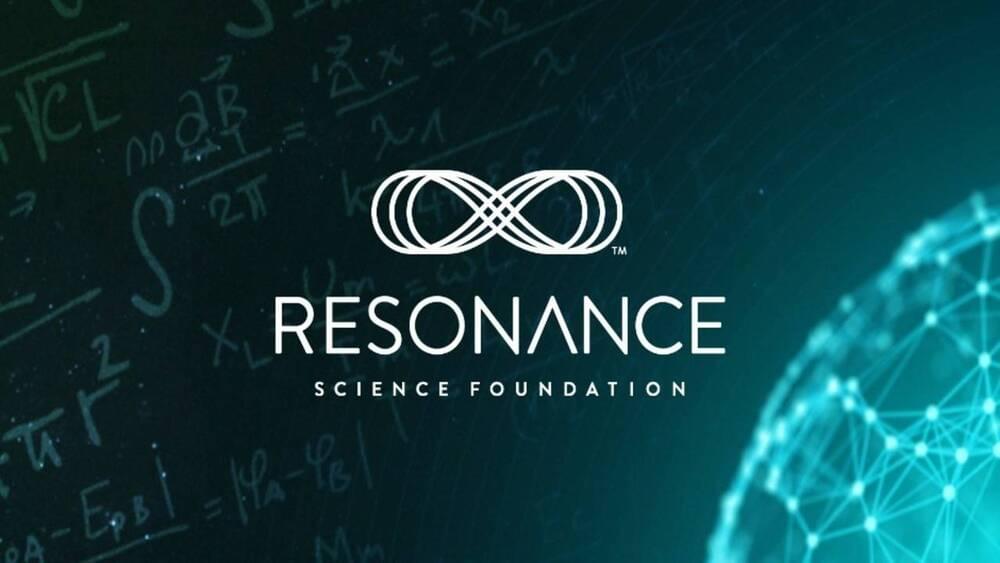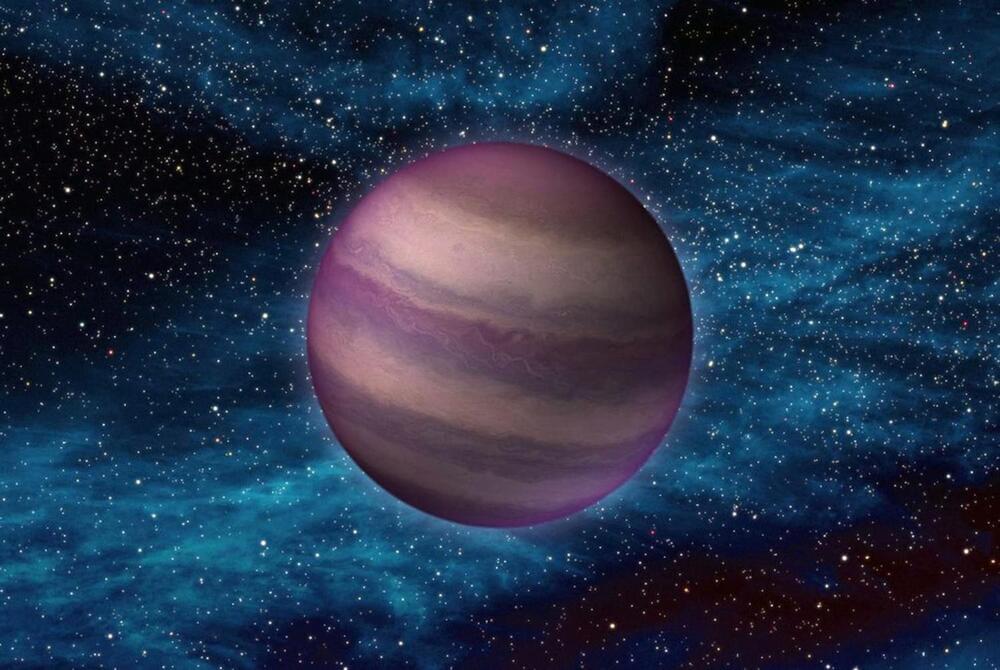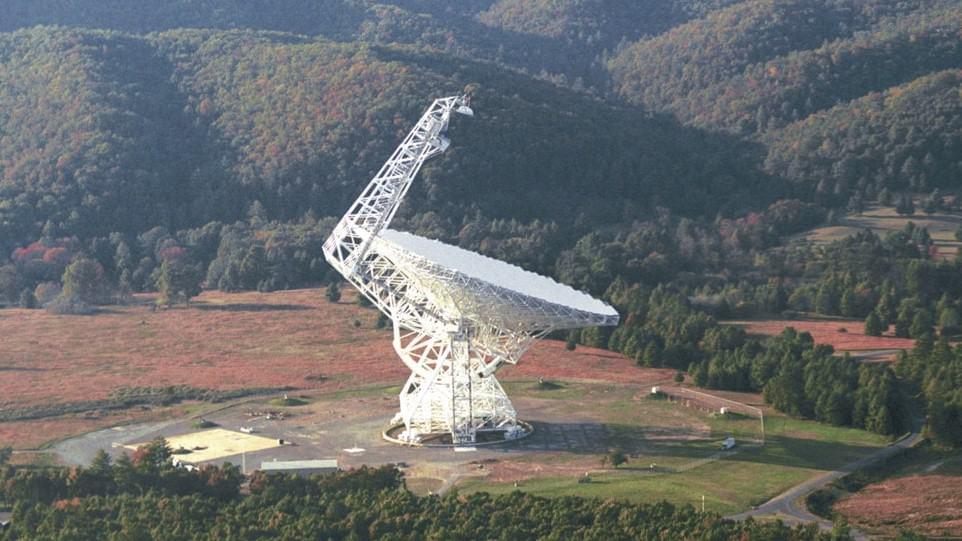I’m quite happy with this resolution of the conflict between determinism and free will…
By ‘free will’ do you mean ability to make an utterly random decision? But what is ‘utterly random’? If something’s unpredictable, it’s all but indistinguishable from being random, no?
Category: physics – Page 176

A radical new theory about the origin of the universe may help explain our existence
The deeper you get into physics, the simpler it becomes. The starting point of this wonderful book about Stephen Hawking’s ‘biggest legacy’ (which no one outside of physics has heard of) is the problem of our insignificance. Make a change in almost any of the slippery, basic physical properties of the universe and we’re toast – life would not be possible. If, for example, the universe had expanded even slightly more slowly than it did after the Big Bang it would have collapsed in on itself. Result? No us. A fraction faster and no galaxies would form, let alone habitable planets. In the incandescent beginning of the universe, each of these basic physical properties was as vacillating as a dream: they could have ended up being pretty much anything. How did they all, so sweetly, settle on the minuscule range of values that brought about us?
One answer is to say God did it. He deliberately selected our universe (and not one of the overwhelmingly more probable alternatives) to go forth and be fecund. Another suggestion is that all the possible universes that could exist do exist, now, at the same time – trillions and trillions of them, humming about like bees – and we’re just in one of the ones we could be in. This idea is called the multiverse. In a multiverse there’s nothing special about the incredible unlikeliness of being. Leibnitz came up with the proposal first, adding piously that God has placed us in the best universe of all possible universes. People have been making fun of that since Voltaire. Another idea is that new ‘worlds’ are being created endlessly, all equally real. Every time you make a cup of coffee, a multiplicity of alternative worlds splits off in which you made it with more milk, or added honey instead of sugar, or the coffee machine exploded and you didn’t make it at all.

The large-area synthesis and transfer of multilayer hBN for fabricating 2D electronics
Researchers at Kyushu University, the National Institute of Advanced Industrial Science and Technology (AIST) and Osaka University in Japan have recently introduced a new strategy for synthesizing multi-layer hexagonal boron nitride (hBN), a material that could be used to integrate different 2D materials in electronic devices, while preserving their unique properties. Their proposed approach, outlined in a paper published in Nature Electronics, could facilitate the fabrication of new highly performing graphene-based devices.
“The atomically flat 2D insulator hBN is a key material for the integration of 2D materials into electronic devices,” Hiroki Ago, one of the researchers who carried out the study, told Tech Xplore. “For example, the highest carrier mobility in monolayer graphene is achieved only when it is sandwiched by multilayer hBN. Superconductivity observed in twisted bilayer graphene also needs multilayer hBN to isolate from environment.”
In addition to its value for fabricating graphene-based devices, hBN can also be used to integrate transition metal dichalcogenides (TMDs) in devices, achieving strong photoluminescence and high carrier mobility. It can also be valuable for conducting studies focusing on moiré physics.
Single-pulse real-time billion-frames-per-second planar imaging of ultrafast nanoparticle-laser dynamics
The soot produced by unburnt hydrocarbon flames is the second largest contributor to global warming, while also harming human health. Researchers have developed state-of-the-art, high-speed imaging techniques to study turbulent flames, yet they are limited to an imaging rate of million-frames-per-second. Physicists are therefore keen to obtain a complete picture of flame-laser interactions via single-pulse imaging.
In a new report published in Light: Science & Applications, Yogeshwar Nath Mishra and a research team at the Caltech Optical Imaging Laboratory, the NASA Jet propulsion lab, department of physics, and the Institute of Engineering Thermodynamics in the U.S., and Germany, used single-shot laser-sheet comprised ultrafast photography per billion frames per second, for the first time, to observe the dynamics of laser-flames.
The team noted laser-induced incandescence, elastic light scattering and the fluorescence of soot precursors such as polycyclic aromatic hydrocarbons in real-time, with a single nanosecond laser pulse. The research outcomes provide strong experimental evidence to support soot inception and growth mechanisms in flames. Mishra and the team combined a variety of techniques to probe the short-lived species in turbulent environments to unravel the mysteries of hot plasma, nuclear fusion and sonoluminescence.

Resonance Science Foundation — Explore the Connected Universe
Resonance Science Foundation is a global research and education non-profit organization (501c3) committed to the unification of physics and science as a whole.
Founded by physicist Nassim Haramein in 2004, the RSF team of researchers and educators have developed a formal unified view of physics. These findings have implications and applications to revolutionary technologies that transform people’s lives and the world as a whole, helping to overcome some of the largest challenges facing the world today.
RSF also provides educational opportunities through the Resonance Academy, an online learning platform and international learning community that empowers people to gain a coherent and fundamental understanding of the structure, mechanics and dynamics of the universe.

The tightest ultracool dwarf binary system ever observed
Previously, astronomers had only detected three short-period ultracool dwarf binary systems. They were relatively young-up to 40 million years old. In a recent study, astrophysicists at Northwestern University and the University of California San Diego (UC San Diego) have discovered an extreme system: the tightest ultracool dwarf binary system ever observed.
This newly discovered system is known as LP 413-53AB. It consists of a pair of ultracool dwarfs. The system is estimated to be billions of years old. Surprisingly, its orbital period is at least three times shorter than all ultracool dwarf binaries discovered so far.
The proximity between the two stars is like this: they take less than one Earth day to revolve around each other. Each star’s “year” lasts just 17 hours.

Machine learning joins the search for extra-terrestrial intelligence
In this episode of the Physics World Weekly podcast we meet three scientists who are trying to answer a question that humanity has long pondered: does intelligent life exist elsewhere in the universe?
Peter Ma and Leandro Rizk of the University of Toronto and Cherry Ng of the French National Centre for Scientific Research in Orleans are part of a team that has used machine learning to identify eight potential “technosignatures” in data from the Robert C Byrd Green Bank Telescope. The trio explain how they look for signs of intelligent life in radio-telescope data and how machine learning gives a helping hand.
Ng also talks about her research on how signals from pulsars could be used to detect gravitational waves.
Brian Cox — Alien Life & The Dark Forest Hypothesis
The renowned physicist and science communicator, Brian Cox delves into the topic of alien life and in particular, the question about intelligent alien civilization.
With his trademark enthusiasm and engaging style, Brian Cox explores the possibility of extraterrestrial life and why we haven’t found any.
The video starts with a brief overview of what Brian Cox & astronomers call: “The Great Silence”. Cox then goes on to explain the Fermi Paradox and the Dark Forest Hypothesis, which suggest that intelligent life may be intentionally avoiding contact with other civilizations to avoid being destroyed.
Cox uses his expertise in physics and astronomy to explain how alien life may be closer than we think. Like on the surface of the red planet, Mars. He discusses the potential for life to exist in other planets because there are at least 20 billion other earth like planets in our galaxy alone.
Throughout the video, Cox provides easy-to-understand explanations, making complex scientific concepts accessible to a broad audience.
Whether you’re a science enthusiast or simply curious about the possibility of life beyond Earth, Brian Cox’s insights and knowledge are sure to captivate and inform. Don’t miss out on this thought-provoking and entertaining exploration of the universe and our place within it.

The Portal Weapon In Star Trek: Picard Season 3 Is A Wild New Addition To The Universe
In the first episode of the new season of “Star Trek: Picard,” Raffi (Michelle Hurd), while working for a mysterious, faceless contact within Starfleet, is attempting to locate dangerous stolen technology that can be used as a massively destructive weapon. Raffi catches wind of where the weapon will be used but arrives moments too late to stop it. She watches in horror as the Starfleet recruitment building — the entire massive structure — is sucked into a mysterious portal that is instantaneously formed below it. An exit portal then appears about a mile up and a few miles over, and the building crashes to the ground, crushing its own next-door neighbors.
The practical implications for portal technology will, of course, be immediately evident to anyone who has ever played the 2007 video game “Portal.” That game was predicated on making magical doorways through which the player would pass in order to surmount increasingly complex physics and maze puzzles. If one could form an entrance portal in front of them, and then an exit portal on a platform above, one could easily traverse the world.
Generally speaking, the relationship “Star Trek” has with technology is very positive. Starships allow people to travel the cosmos, replicators have essentially ended hunger, and transporters allow people to visit alien worlds. But often, when new technologies are introduced into “Star Trek,” ethical concerns are immediately raised. What, for instance, is a building-size portal-maker really for besides transporting entire buildings a mile into the air and then dropping them? Characters speak often about how certain machines could handily be weaponized.

Physicists predict exotic new phenomena and give ‘recipe’ for realizing them
In work that could lead to important new physics with potentially heady applications in computer science and more, MIT scientists have shown that two previously separate fields in condensed matter physics can be combined to yield new, exotic phenomena.
The work is theoretical, but the researchers are excited about collaborating with experimentalists to realize the predicted phenomena. The team includes the conditions necessary to achieve that ultimate goal in a paper published in the February 24 issue of Science Advances.
“This work started out as a theoretical speculation, and ended better than we could have hoped,” says Liang Fu, a professor in MIT’s Department of Physics and leader of the work. Fu is also affiliated with the Materials Research Laboratory. His colleagues are Nisarga Paul, a physics graduate student, and Yang Zhang, a postdoctoral associate who is now a professor at the University of Tennessee.